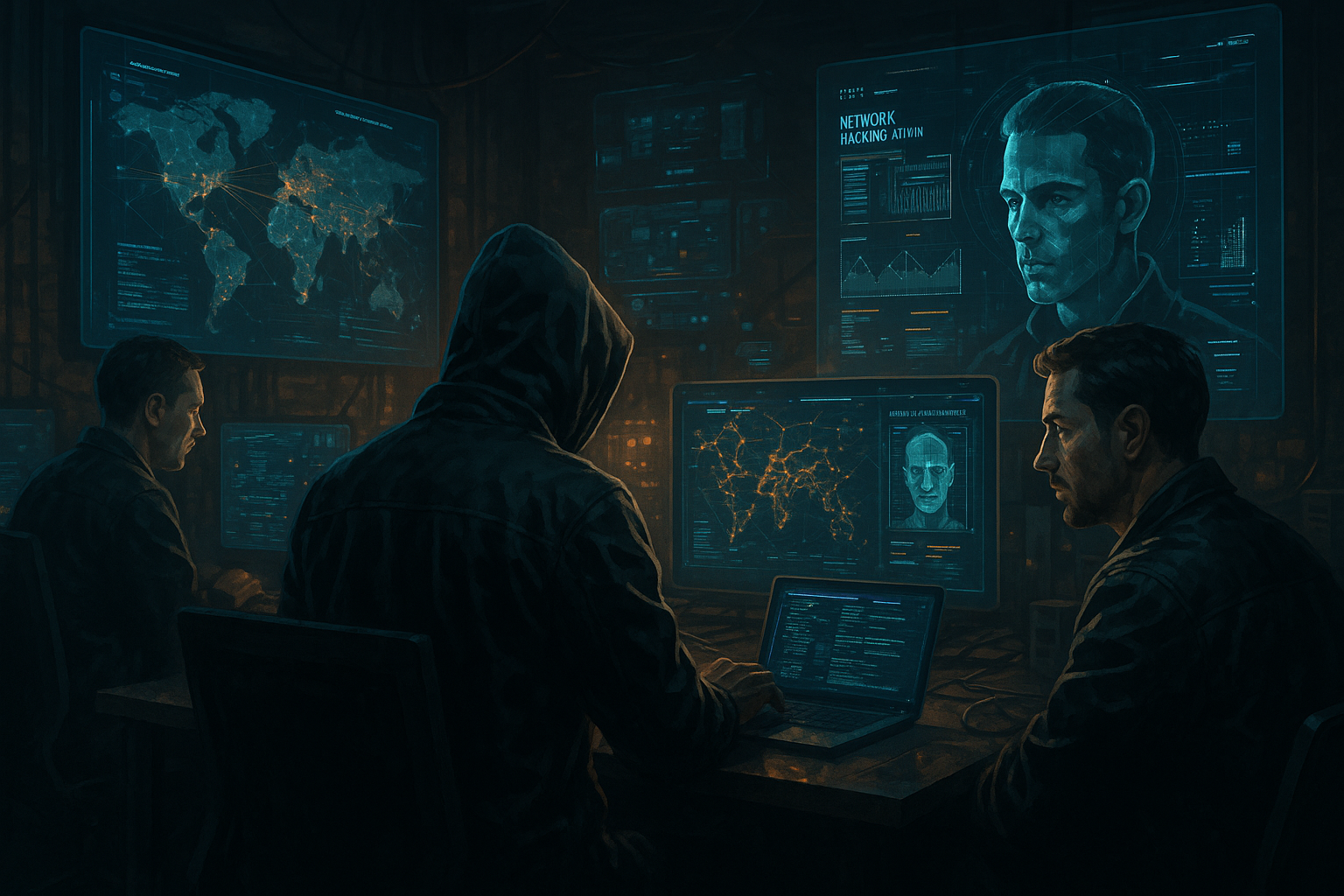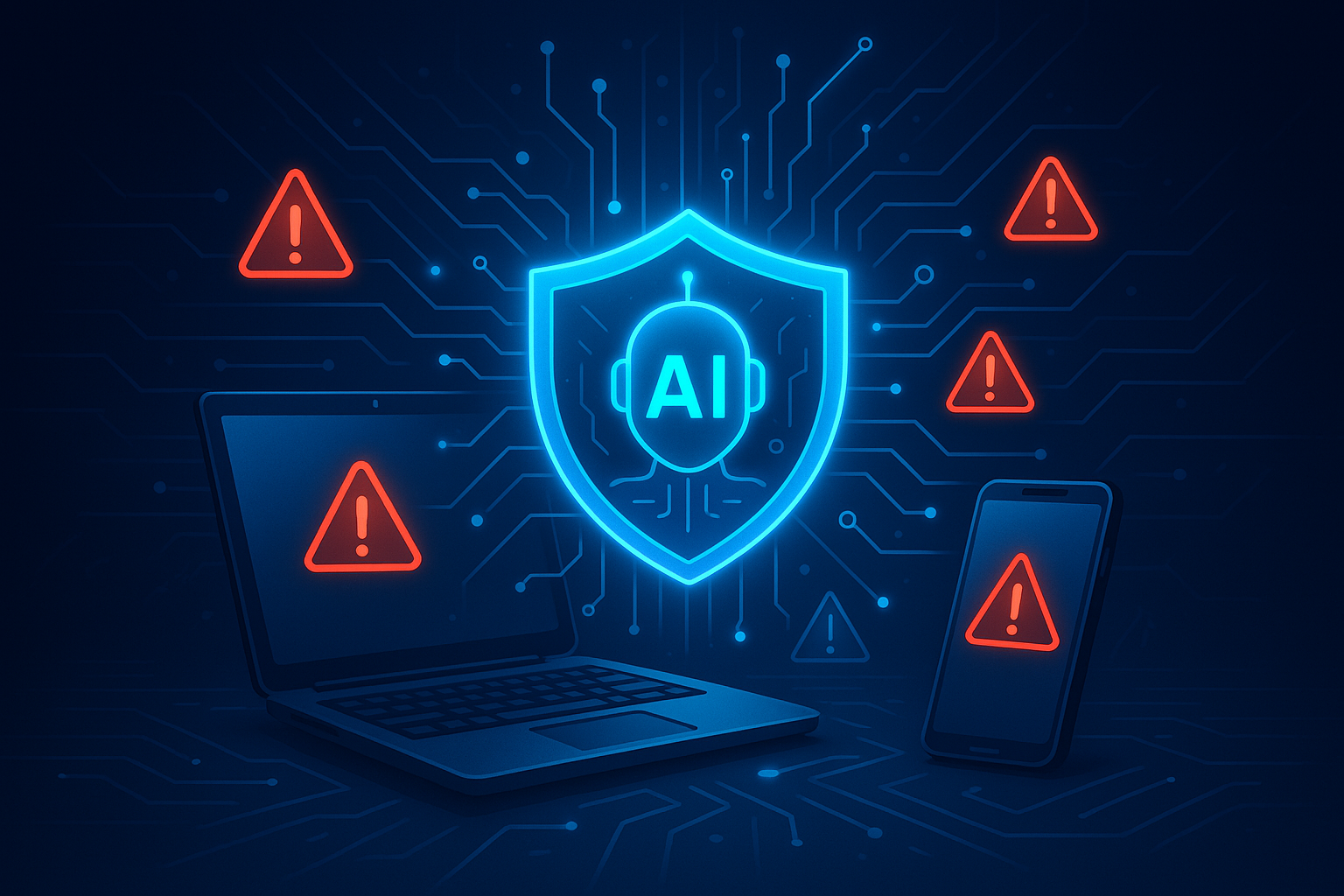How Organized Crime Groups Are Using AI to Their Advantage
Introduction
Artificial Intelligence is transforming many industries—but not all for the better. One growing concern is the use of AI by organized crime groups. These tech-savvy criminals now use AI to scale operations, automate fraud, and avoid detection.
In this blog, we’ll explore how AI in organized crime is evolving and what this means for law enforcement, businesses, and the public.
1. Deepfake Technology and Social Engineering
Criminals are actively using deepfake audio and video to impersonate real individuals. For example, some have tricked employees into transferring funds by mimicking CEOs using AI-generated voices. As a result, these scams have become far more convincing than traditional phishing attempts.
2. Automated Phishing and Scam Campaigns
AI tools allow criminals to create large volumes of phishing messages that appear professional and personalized. Consequently, victims are more likely to fall for them. Additionally, these campaigns can be deployed in multiple languages, expanding their global reach.
3. AI in Drug Manufacturing and Trafficking
Organized crime groups now use AI algorithms to streamline drug production and logistics. These systems help identify weaknesses in law enforcement monitoring. As a result, illegal substances move faster through supply chains while staying under the radar.
4. Data Breaches and Identity Theft
Instead of manually sorting stolen data, criminals use AI to analyze massive datasets and extract valuable information quickly. This accelerates identity theft and credit fraud, which they often resell or reuse. Furthermore, AI can cross-reference public leaks for more effective exploitation.
5. Evasion and Surveillance Countermeasures
To avoid detection, many crime groups now rely on AI to study surveillance patterns. For instance, they analyze traffic data or facial recognition systems to predict law enforcement activity. This allows them to plan movements more strategically and reduce the risk of capture.
What Can Be Done?
Governments and cybersecurity experts must take action. To respond effectively, they need AI-based defense systems that evolve alongside emerging threats. Additionally, regulation, international cooperation, and stronger public education will play essential roles in limiting criminal misuse.
Conclusion
The use of AI in organized crime is no longer a theoretical risk—it’s already happening. However, by adapting security measures and staying informed, society can fight back. Moving forward, innovation and vigilance will be critical in preventing advanced technologies from falling into the wrong hands.




Comments are closed